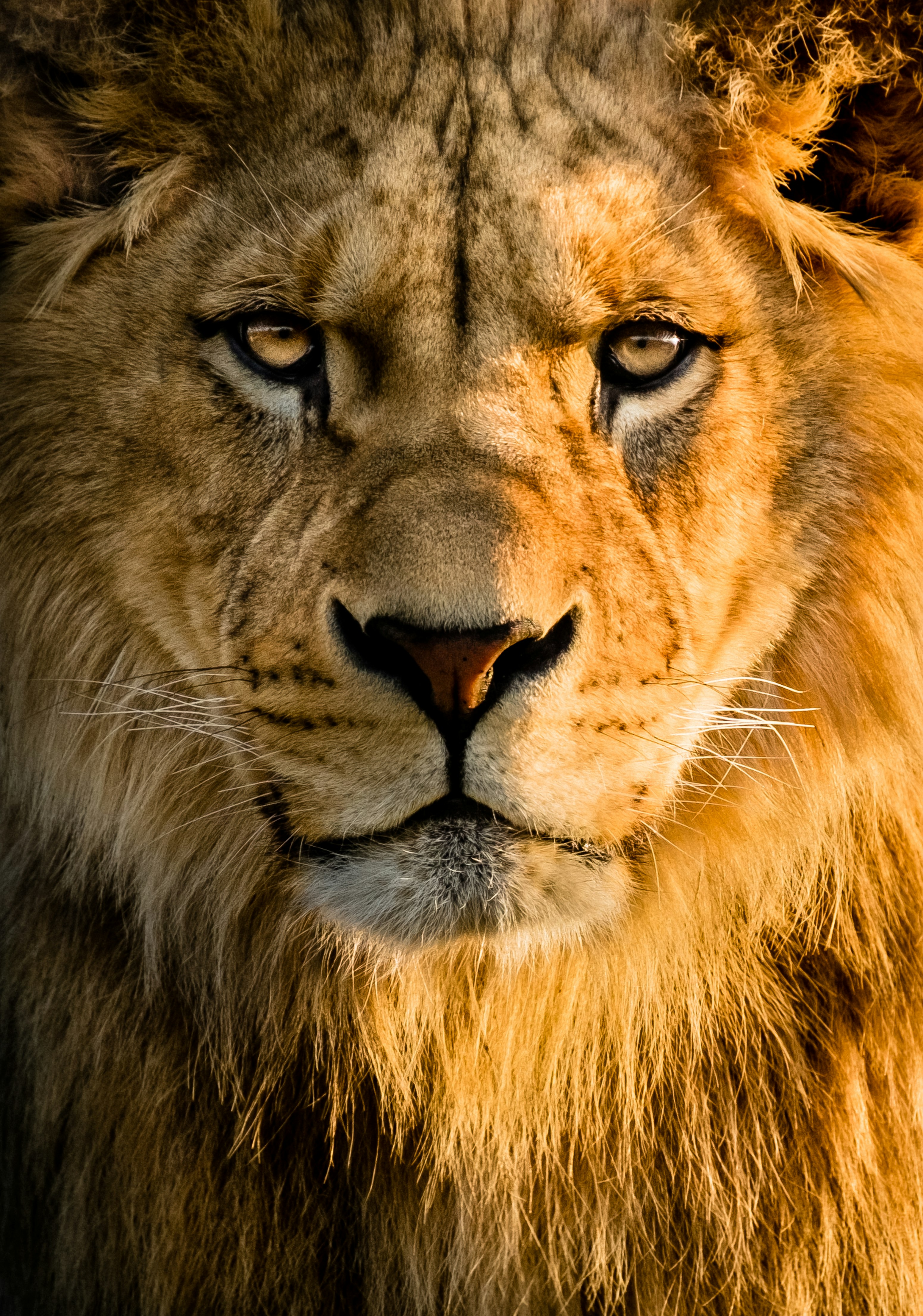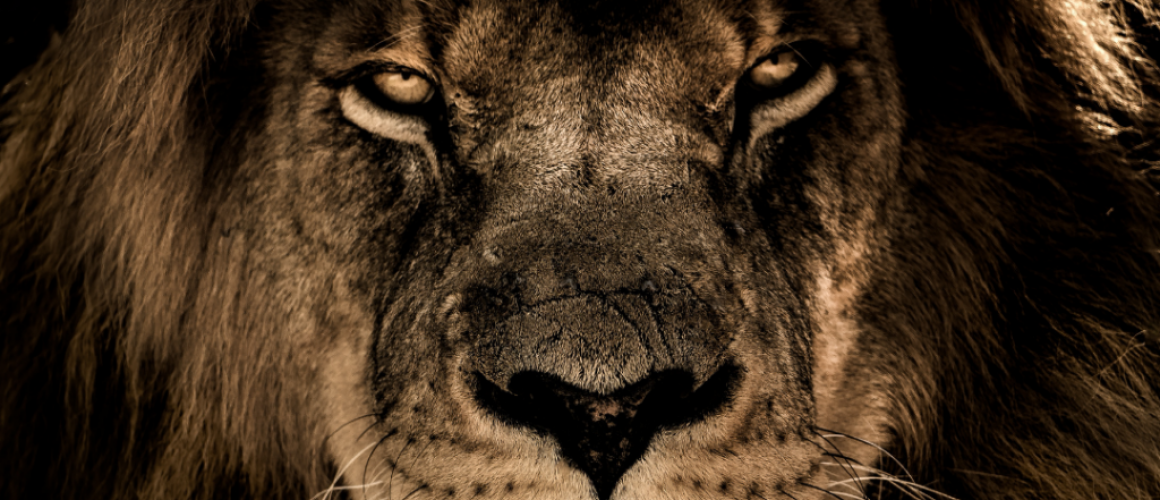Lion Wall Art
You know how the old saying goes: “March comes in like a lion, and out like a lamb.” We begin the month still in the cold grip of winter, but end, hopefully, with some warm sun and the smell of fresh, spring rain. With March starting on the other side of the weekend, I thought, well, why not look at some lion wall art? After all, some of the most captivating images we see at Big Acrylic are wildlife images that look like they are straight out of National Geographic.
We’ll start with a brief introduction into what the lion represents in art and literature. Lions have been symbols all throughout human history as they are such captivating creatures. Let’s jump right in to our deep dive on the King/Queens of the Jungle.
Lion Wall Art
Symbolism of the Lion
Lions have been around in art since the beginning of civilization. They adorn palaces, flags, emblems, public squares – they are pretty much everywhere. So much so, that art critic Alaistair Sooke, writing for the BBC, believes that lions are so commonplace in art that we often forget that they are there. However, that doesn’t change the reason why the lions are there.
For the first few millennia of human evolution, large cats, like lions, were the apex predators dominating the landscape. They were agile, skilled hunters, who were feared and revered by less physically capable humans. For these reasons, it makes sense that humans came to associate the lion with ideas of strength, power, wisdom, and nobility. As lions were also observed to be extremely territorial, and even willing to die to defend their territory, early kings and rulers had their palace entrances filled with images and sculptures of lions to guard their palaces. Additionally, because lions hunt in packs, or prides, they symbolize unity and co-operation. However, they also are associated with leadership and royalty, as the lion’s social structure is similar to humans.
As a very fun fact: a sculpture from 40,000 years ago depicts a man with the head of a lion. This sculpture, known as Lion Man, was carved from the tusk of a wooly mammoth. This just goes to show how long humans have been in awe of these creatures.
Modern Times
Perhaps what is the most interesting point is that the lion’s symbolism has rarely changed from these pre-civilization ideas. Lions continue to be symbols of greatness. Just look at the Chronicles of Narnia, where Aslan the Lion is a stand-in for God. C.S. Lewis didn’t just make that idea up either. He wrote Aslan as a lion because of a long tradition of linking godly qualities to the lion. This is, of course, without touching on any religious symbolism of the lion. Because, if I were to touch on that, you’d be reading this blog post until the pandemic is over.
But, I digress. Really, we take for granted how embedded the lion is in our culture. We’ve built the lion into everything from our children’s movies to our architecture to our branding for products. We’ve named kings after lions, and decorated countries flags with lions. Human civilization has never stopped being in awe of the lion. Hence why, even today, we buy images of lions to decorate our homes.
Where to Place Lion Wall Art
Moving away from the symbolic to the more practical aspect of lion wall art, we should talk about where in the home these prints look the best. One of the greatest features of lion images is the stunning contrast between the fuzzy, warm colors of the lion’s fur and the sparkle of its amber eyes. The eyes captivate the viewer and hold their gaze. Rightfully so. I think the only way I’d want to make eye contact with a lion is if the lion were only a print.

The intensity of these images means that they are great pieces to add in dynamic spaces. Living rooms, recreation rooms, dining rooms, or even home offices where you want to convey a sense of power, intimacy, and vitality. Lion prints could also work in bedrooms. Though, I, personally, would find the feeling of being constantly watched by one of the most powerful apex predators on Earth a little too unsettling to sleep.
The tones of these photos tend to be warmer and more neutral with their tan, beige, russet colors, meaning that they are easy to place within any color scheme. They would contrast nicely (and regally) with jewel-tones like sapphire, emerald, or ruby. But would look equally as stunning in more monochromatic spaces. Lion images also work really well in black and white, which adds a ton of depth and character to the portraits. This black and white look works really well if placing a piece of lion wall art in a space that is more urban or industrial, as it brings the natural world into a more human space.
How to Create Lion Wall Art
The short answer to this question is anywhere and everywhere. As I mentioned earlier, lions have been a central part of human art. That being said, whether you want a painting of a lion, or an image of a lion, a simple Google search will yield thousands of results.
When you have your image together, we’d love to see it. Using our contact form, you can specify the dimensions or ask us for our opinion on size, medium and style. We’ve had some great experiences when printing wildlife photographs and would be happy to pass along any expertise. We also accept high-quality files for free consultation through our WeTransfer portal!
I find that the best medium for a close up portrait of a lion is acrylic or sublimated metal. These two mediums have glossy, vibrant finishes that make the lion look incredibly realistic. The amber eyes sparkle, and the colors come out rich. For a very unique look on a black and white photo, I would suggest a brushed metal print. Regardless of the medium you decide to choose, we can guarantee you will be satisfied. Your lion print will look like the lion walked straight from the safari itself into your living room.
With that, we hope you enjoyed our blog this week. We look forward to seeing all of your excellent prints in March! And don’t hesitate to check out our Facebook page to see what our new March discount code is!




